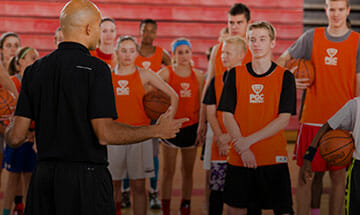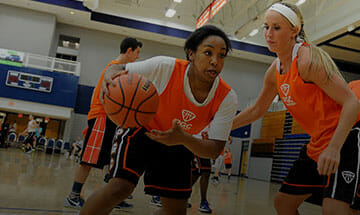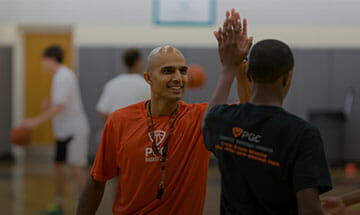The Madness of March – Understanding RPI
With Selection Sunday (NCAA men) and Selection Monday (NCAA women) quickly approaching, I thought it would be valuable to explain what the RPI is and the importance it has in the seeding of teams in the NCAA tournament.
The Rating Percentage Index (RPI) is a quantity used to measure teams based upon the wins, losses, and strength of schedule. The RPI has been used since 1981 to aid in the seeding of the men’s and women’s (since 1982) NCAA basketball tournaments. It is one of the factors the NCAA Selection Committee will take into great consideration as they determine what teams get in, what seeds they will be introduced as, and what teams will not be invited to compete in the tournament.
The current formula compromises a team’s winning percentage (25%), its opponents’ winning percentage (50%), and the winning percentage of those opponents’ opponents (25%). It appears as such:
- RPI = (WP x 0.25) + (OWP x 0.50) + (OOWP x 0.25)
- WP = Winning Percentage
- OWP = Opponents’ Winning Percentage
- OOWP = Opponents’ Opponents’ Winning Percentage
The argument against the RPI generally comes from low major conference schools who feel the emphasis on the strength of schedule gives an unfair advantage to teams from major conferences who easily can schedule their non-conference opponents or play in conferences with strong RPI numbers.
Beginning in 2006, the NCAA began to release the RPI calculations weekly beginning in January. Teams can track their RPI and identify where their performance is and that of their opponents’. This gives teams a much better picture about where they will be placed in the NCAA tournament.
Hopefully this post created better understanding about the RPI and how it carries so much weight especially going into next week. So hey, let’s leave the real madness to the games ahead. I’m ready for the tournament . . . Are you?
Related Articles
5 Ways to Practice Mental Toughness
Here are five ways to practice your mental toughness off the court. If you practice these five things, every day, you’ll develop greater self-discipline. You’ll become unstoppable in anything you do. It is five things you will have to rise above your feelings every day. That is how you build mental toughness. You develop, as a habit, a muscle of rising above your feelings to level of your aspirations and commitments.
Why Is My Performance Inconsistent?
Do you ever feel like your performance in games is consistently inconsistent? That you’re putting in the same hard work at practice every day, yet some days you play really well and others you don’t play well at all? If that’s you, you’re not alone. If that’s not you, don’t worry—the frustration is coming soon!
Quit Being So Hard to Coach
COACHES HAVE FAVORITES!! Of course, they have favorites—their favorites are the players they can trust, on and off the court.
Here are four reasons you may not be getting the playing time you think you deserve.
About PGC
PGC Basketball provides intense, no-nonsense basketball training for players and coaches. Our basketball camps are designed to teach players of all positions to play smart basketball, be coaches on the court, and be leaders in practices, games and in everyday life.
We combine our unique PGC culture with a variety of teaching methods and learning environments to maximize the learning potential of those that attend our sessions. In addition to spending 6-7 hours on the court each day, lessons will be reinforced through classroom sessions and video analysis.
Our goal at PGC is to empower you with the tools to fulfill your basketball dreams, while also assisting you in experiencing the joy of the journey.
To learn more about PGC Basketball, including additional basketball training tips and videos, visit our YouTube Channel or find us on Facebook, Instagram, and Twitter.




Share This Post